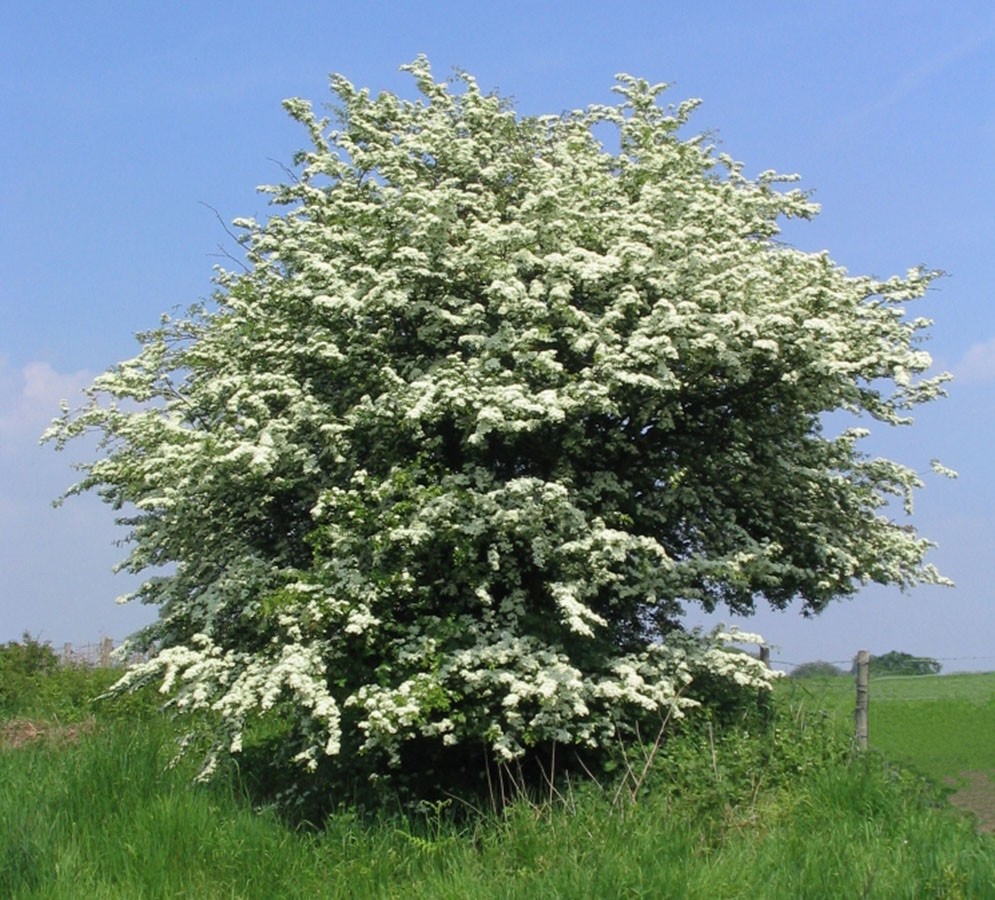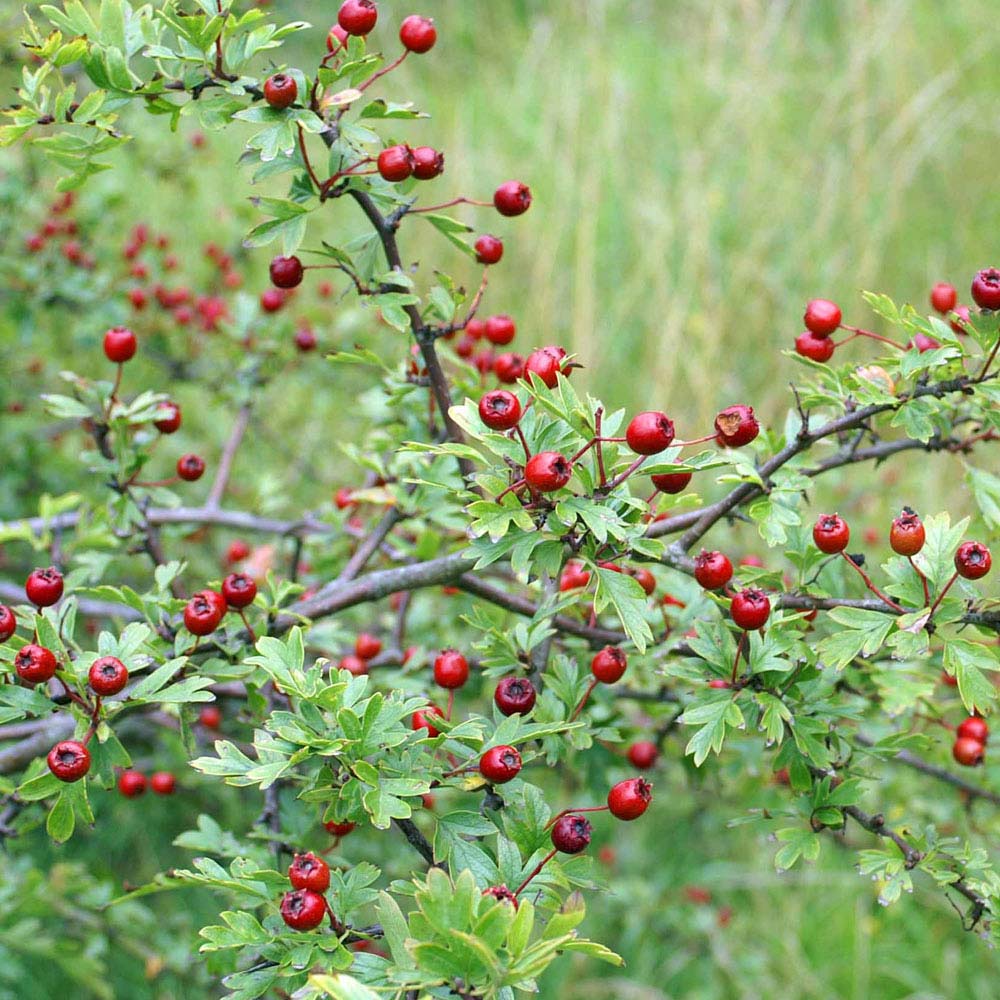Description

How to grow
Cultivation Grow in full sun or partial shade in well-drained, moisture-retentive soil. Once established, will tolerate drought and excessively moist soils; will also tolerate atmospheric pollution, exposure, and limey soils
Propagation Propagate by grafting, using scion wood of the previous season’s growth, onto rootstocks of Crataegus laevigata or C. monogyna
Suggested planting locations and garden types Hedging & Screens Cottage & Informal Garden Coastal Wildlife Gardens
How to care
Pruning Pruning group 1
Pests May be affected by aphids, woolly aphid, scale insects, mussel scale, fruit tree red spider mite, and caterpillars of winter moth, magpie moth, leopard moth, vapourer moth, grey dagger moth, small ermine moth, lackey moth, hawthorn webber moth and hawthorn button top midge
Diseases May be affected by honey fungus, a canker, crown gall, fireblight, powdery mildews, silver leaf, and various spots, blotches or scorched leaves caused by fungi



